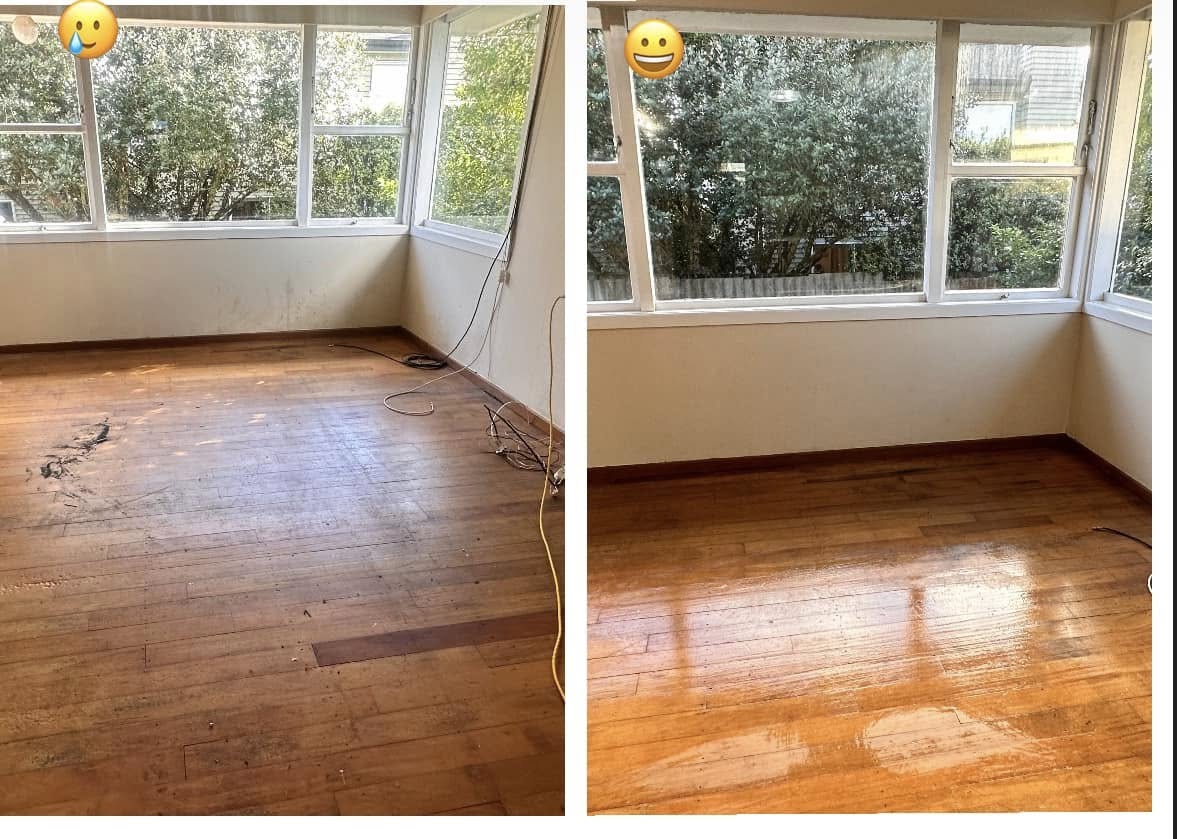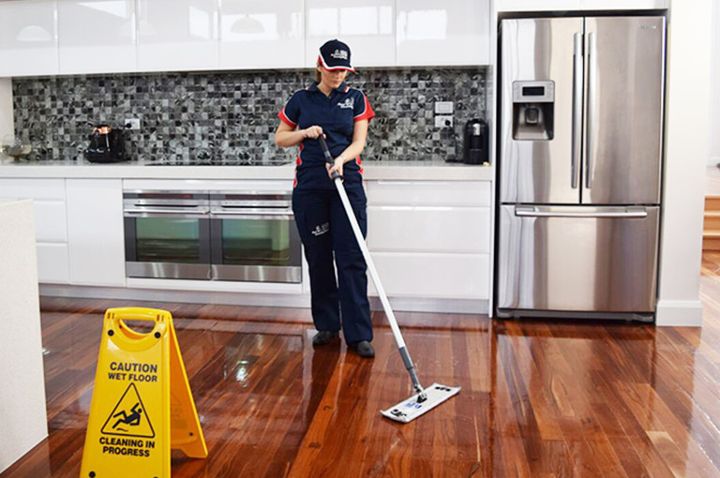Hardwood floors bring warmth, elegance, and character to any home. However, they’re also prone to everyday wear and tear—especially scuff marks. Whether from rubber-soled shoes, sliding furniture, or energetic kids running through the house, scuffs are an unavoidable part of life. Fortunately, they’re not permanent. In this guide, we’ll walk you through how to remove scuff marks from hardwood floors using easy, effective methods that are safe for your floors and simple to do at home.
Understanding Scuff Marks

What Are Scuff Marks?
Scuff marks are minor surface-level blemishes that appear when rubber, plastic, or hard materials rub against hardwood flooring. They’re not deep scratches but rather superficial abrasions that dull the floor’s shine and create visible smudges. These marks typically sit on top of the finish rather than cutting into the wood itself, which makes them much easier to remove with the right techniques and supplies.
Essential Supplies You’ll Need
Before you tackle the scuffs, gather the right essential supplies. These items are gentle on hardwood and readily available in most households:
- Microfiber cloths
- Rubber erasers or melamine sponges (like Magic Erasers)
- Baking soda
- White vinegar
- Mild dish soap
- Spray bottle
- Clean rags or sponges
- Tennis ball or rubber-soled shoe
- Commercial hardwood cleaner (optional but effective)
Having these tools on hand ensures you can try more than one method if the first doesn’t completely remove the mark.
5 Easy Methods to Remove Scuff Marks

Microfiber Cloth or Dry Eraser
Start with the gentlest option. Light scuff marks often come off with a microfiber cloth. Rub the mark in small circles using a dry or lightly dampened cloth. If that doesn’t work, try a melamine sponge, commonly known as a Magic Eraser. Dampen it slightly and apply light pressure to the mark until it fades.
Baking Soda Paste
For stubborn scuffs, a baking soda paste works wonders. Mix equal parts baking soda and water to form a paste. Apply a small amount directly to the mark, then buff it gently using a soft cloth. The mild abrasiveness of baking soda helps lift the scuff without damaging the floor’s finish. Wipe clean with a damp cloth and dry thoroughly.
White Vinegar Solution
White vinegar is a natural cleaner that works well on hardwood. Mix one part vinegar with one part water in a spray bottle. Lightly spritz the scuffed area and wipe it with a microfiber cloth. This white vinegar solution is effective for lifting surface grime and minor scuffs, and it’s safe when used in small amounts on sealed hardwood floors.
Rubber Sole or Tennis Ball
Here’s a surprising method: Use a clean tennis ball or the rubber sole of a shoe to rub out the mark. The friction generated helps erase scuff marks quickly. Simply apply light pressure and rub the mark in a circular motion. This method is especially handy for fresh or light rubber scuffs.
Commercial Hardwood Cleaner
When DIY options aren’t cutting it, reach for a commercial hardwood cleaner. These are formulated to remove grime and marks without harming your floor’s finish. Always follow the manufacturer’s instructions and test the cleaner in an inconspicuous area first.
Tips to Avoid Scuff Marks

Preventing scuff marks is easier than dealing with them repeatedly. Here are several tips to avoid scuff marks on hardwood floors:
- Place doormats at entry points to trap dirt and grit.
- Ask guests and household members to remove shoes indoors.
- Use felt pads under furniture legs and replace them regularly.
- Lay down rugs or runners in high-traffic areas.
- Avoid dragging heavy furniture across the floor.
- Choose furniture with soft or non-marking wheels.
- Sweep and vacuum often to keep dust and debris from scratching the floor.
With just a little preventive care, you can keep your floors looking beautiful for years.
When to Seek Professional Help

Not all marks can be fixed with a cloth and baking soda. If scuff marks persist despite your best efforts, or if they’re accompanied by deep scratches or finish damage, it may be time to call in the pros. A professional hardwood floor specialist can assess the damage and perform refinishing if necessary. They also offer routine maintenance services to keep your floors in top condition, extending their life and preserving their beauty.
Conclusion
Scuff marks may be unsightly, but they’re often easy to remove with simple household items and the right technique. Whether you use a microfiber cloth, a baking soda paste, or a white vinegar solution, you can restore the shine and cleanliness of your hardwood floors in just minutes. Regular maintenance and preventative habits remain your best defense against future marks. For a flawless finish and professional care, Jim’s Cleaning NZ offers expert floor cleaning services that keep your hardwood floors polished, protected, and looking their best year-round.
FAQ
What causes scuff marks on hardwood floors?
Scuff marks are typically caused by rubber or hard materials rubbing against the surface—such as shoes, furniture, or kids’ toys.
Can I remove scuff marks without damaging the hardwood finish?
Yes, most methods like microfiber cloths and baking soda are non-damaging when used gently on sealed hardwood.
Are commercial hardwood floor cleaners safe for removing scuff marks?
Yes, as long as they are specifically designed for hardwood floors. Always read the label and test a small area first.
How can I prevent scuff marks on my hardwood floors?
Use felt pads on furniture, keep floors clean, and encourage a no-shoe policy indoors to reduce friction and prevent marks.
